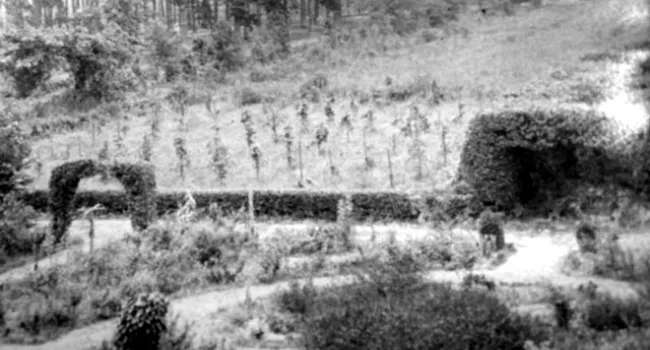
Photo
Camden was famous for its elaborate formal gardens. This photograph of the gardens at Court Inn, around the turn of the century, shows benches placed under an ivy-covered shelter. Courtesy of the...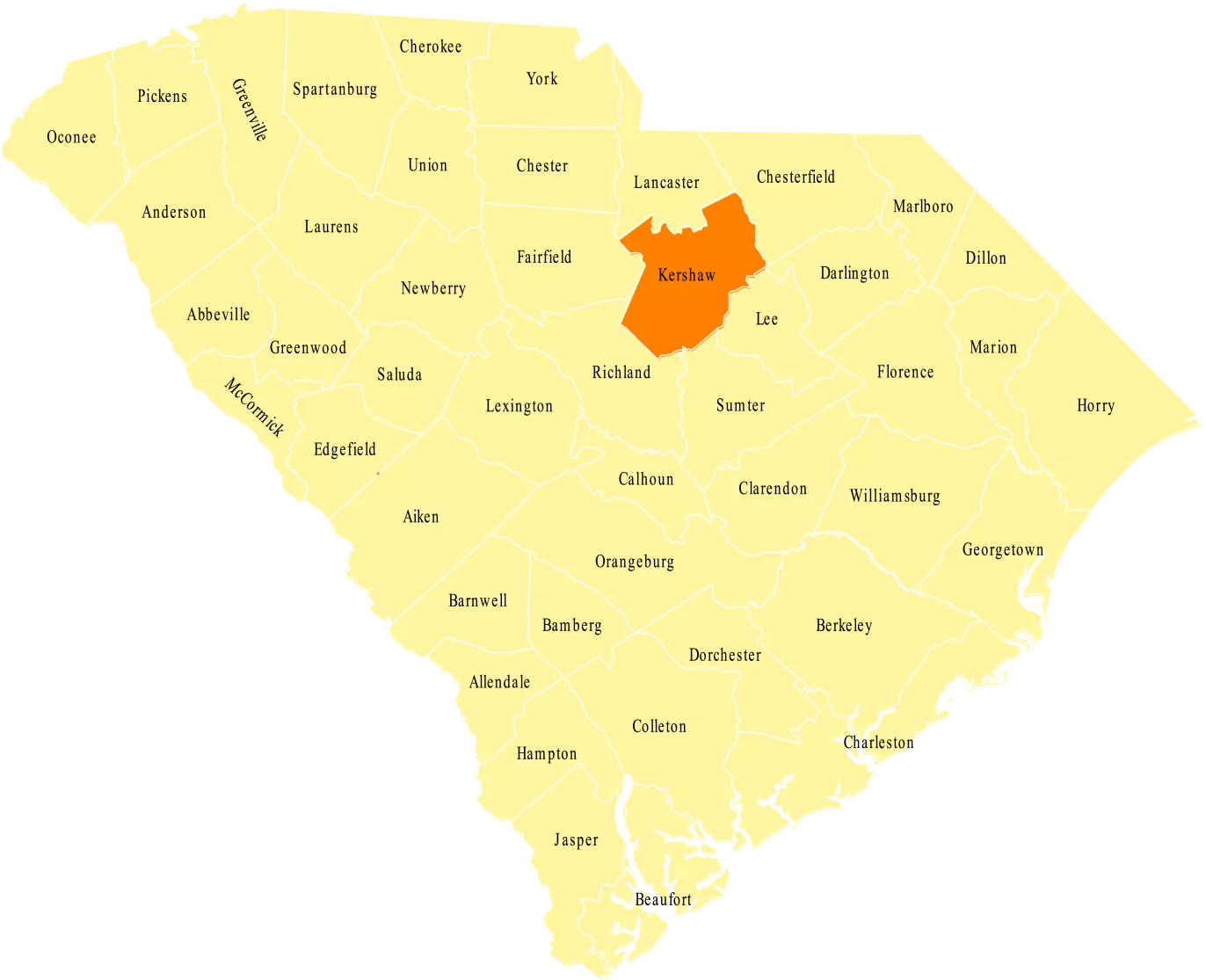
In 1732, the area now known as Kershaw County was settled by English farmers and traders from Charleston. The county emerged in 1791 out of lands from Richland, Claremont, Lancaster, and Fairfield counties. The county’s namesake, Joseph Kershaw, was an early settler in the area.
Kershaw County played a critical role in wars that shaped this nation. During the Revolutionary War, the British took over Camden, the county seat, for over a year beginning in 1780. A number of Revolutionary War battles also occurred in the county, most notably the battle of Camden and the Battle Hobkirk Hill. An event known as Revolutionary War Field Days takes place annually to honor the county’s role in the United States’ fight for independence.
General Sherman burned Camden during the Civil War. Many of the most notable Kershaw County locals lived during this period in history. Six Confederate generals called this county home. Mary Boykin Miller Chesnut, whose diary-style account of the Civil War, Mary Chesnut’s Civil War, “is generally acknowledged today as the finest literary work of the Confederacy,” was also a Kershaw County local.
Today, Kershaw County is known as an important equestrian area. The Carolina Cup International Steeplechase Races occur in Camden every year. The National Steeplechase Museum, the only museum of its kind in North America, also exists in Kershaw County. The area also offers recreational opportunities via Lake Wateree and a thriving Antique and Arts District in Camden.
SOURCES: History of Kershaw County. Accessed June 06, 2016. Mary Boykin Miller Chesnut. Accessed June 06, 2016.

Photo
Camden was famous for its elaborate formal gardens. This photograph of the gardens at Court Inn, around the turn of the century, shows benches placed under an ivy-covered shelter. Courtesy of the...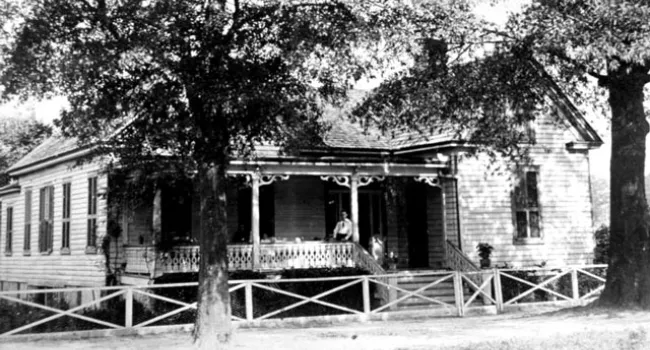
Photo
This house, originally built in the Greek Revival style in Camden, perhaps as early as 1850 judging from the cornices, was later heavily ornamented with Queen Anne cutwork and balustrades on the porch...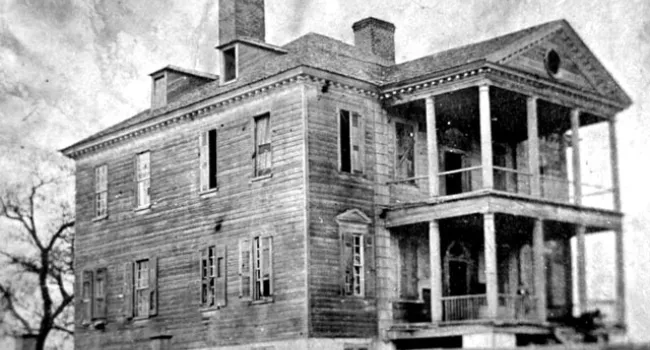
Photo
The Cornwallis House in Camden was the headquarters of Cornwallis for the winter the British troops remained there during the Revolutionary War in an attempt to pacify the South Carolina backcountry....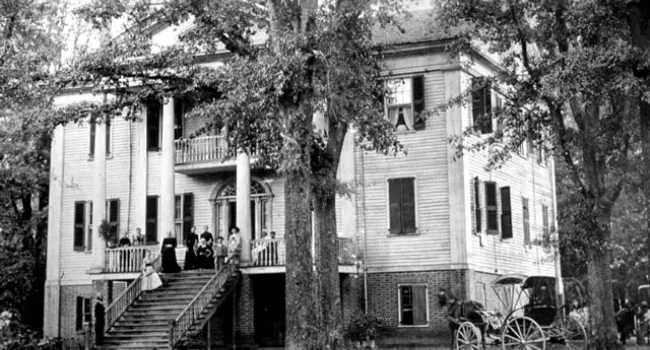
Photo
The Reynolds House, Camden, was built by Dr. George Reynolds in the early 1830s. A fine example of Greek Revival style, it serves here as a showcase for the family gathered on the porch and surrounded...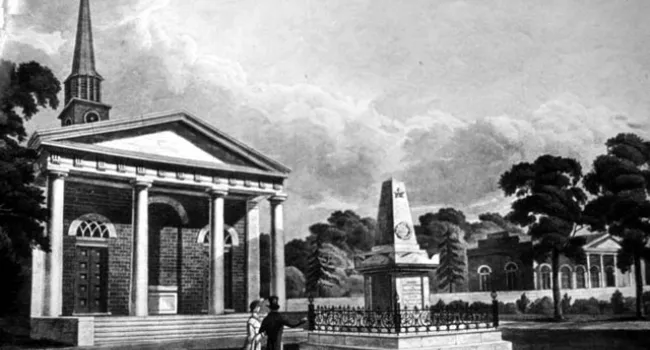
Photo
"The Monument of DeKalb who fell fighting bravely in defense of the rights of man on the plains of Camden, SC, August 16th, 1780. Erected in the town of Camden. Front of the Presbyterian Church: the...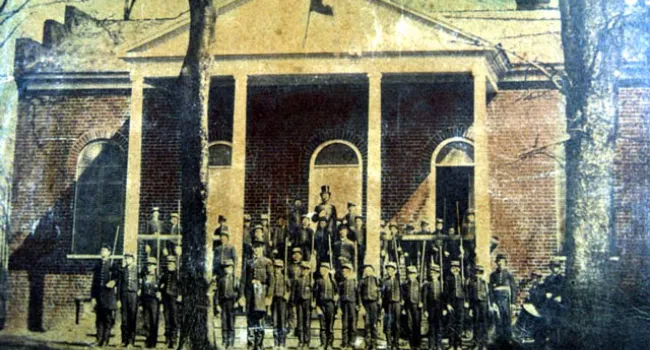
Photo
The Camden Male Academy was conducted as a semi-military academy, training young men in martial skills by Charles H. Peek in Camden from 1859 until his death in 1863. Many of the cadets, shown here in...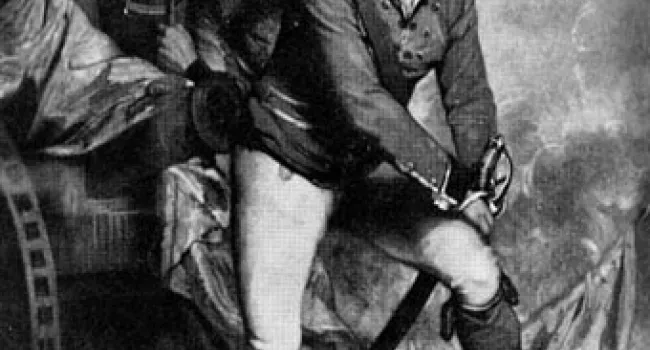
Photo
Banastre Tarleton (1754-1833), known to South Carolina revolutionary leaders as "Bloody Tarleton," first came to Charleston as an officer under General Clinton's command in the failed attack on Fort...
Video
This lesson is a brief survey of the art, architecture, literature and theatre of South Carolina. It opens with a series of skits where "comedic characters" "put down" South Carolina's interest in...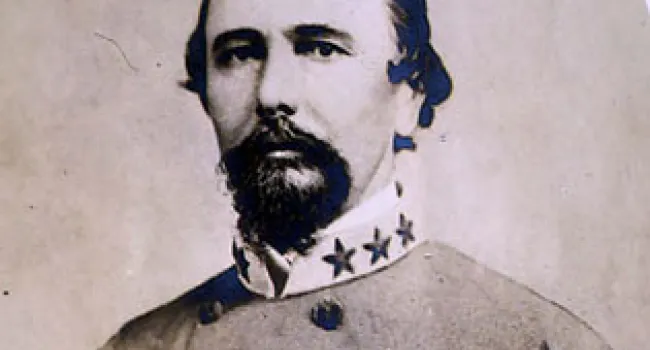
Photo
Born in Camden, Colonel James Chesnut (1815-1885) graduated from Princeton and began a law practice in Camden. He served several terms in the South Carolina state legislature from 1840 to 1858. In...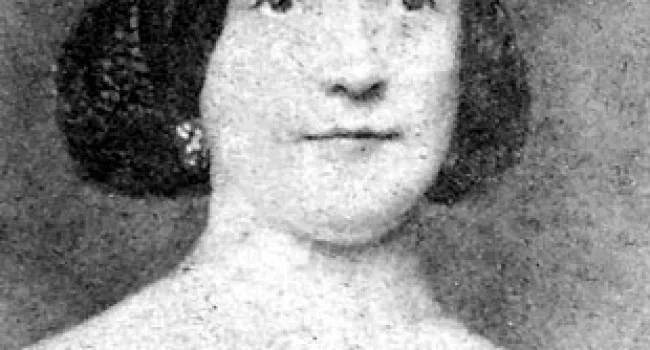
Photo
Mary Boykin Chesnut (1823-1886) was the wife of James Chesnut Jr., and a famous Civil War diarist. Born near Camden, she attended private schools; at Madame Talvande's School in Charleston she first...